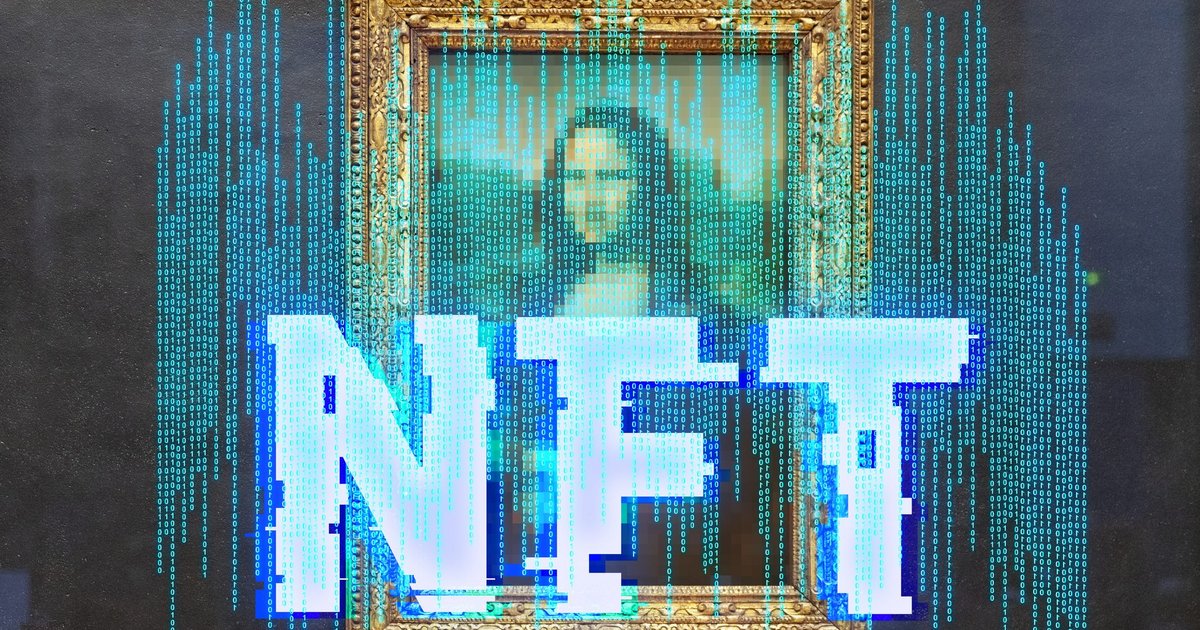
The non-fungible token (NFT) market has experienced a significant decline in recent months, with prices dropping by as much as 83% from their all-time high. This has raised concerns about the future of NFTs and whether their popularity was just a temporary trend.
The NFT market initially gained traction with the creation of the Ethereum ERC-721 token. High-profile sales, such as Beeple’s NFT for $61 million and Damien Hirst’s ‘The Currency’ collection for $89 million, fueled the NFT boom. Weekly trading volumes reached up to $1.5 billion between August 2021 and April 2022. However, data from Chainalysis shows that the average price of token sales has dropped by 92% between 2022 and 2023.
The market decline has coincided with a rise in Bitcoin’s price. Some argue that the performance of the crypto market is related to the NFT market, indicating a market relationship between blockchain-built assets. Others believe that the strength of the crypto market is a reflection of perceived weakness in traditional financial markets.
Despite the current slump, the future of NFTs looks promising. According to Statista, the NFT market is expected to reach $3.2 billion by 2027, with a compound annual growth rate (CAGR) of 18.55%. The number of NFT users is also projected to increase significantly.
Alun Evans, CEO of Freeverse, believes that investments should not be the primary use case for NFTs. He emphasizes that the true value of NFT technology lies in ownership of digital assets and enabling them to evolve based on the owner’s usage. NFTs have practical applications beyond investment, such as assets in video games or loyalty programs for large brands.
Toby Rush, CEO and co-founder of Redeem, disagrees with the notion that NFTs and Bitcoin are unrelated. He argues that the overall decline in the NFT market does not diminish the appetite among consumers to participate and engage with new NFT innovations.
The future role of NFTs goes beyond investments and trading. Their utility in various industries, such as tickets for live events and offering exclusive benefits to users, opens up new revenue streams and provides a convenient onboarding avenue for new users in the Web3 space.
NFTs also have a significant role in the metaverse, the virtual future that many believe blockchain technology will impact. NFTs provide a way to showcase ownership of digital items in the metaverse and beyond. Token-gated events and the blending of physical luxury goods with digital equivalents are emerging trends that demonstrate the evolving applications of NFTs.
While the current slump in the NFT market has raised concerns, it does not necessarily indicate the end of NFTs. The future of NFTs looks promising, driven by their practical applications, evolving use cases, and their role in the metaverse. As the understanding and utilization of NFTs continue to evolve, the market is expected to recover and thrive in the coming years.






